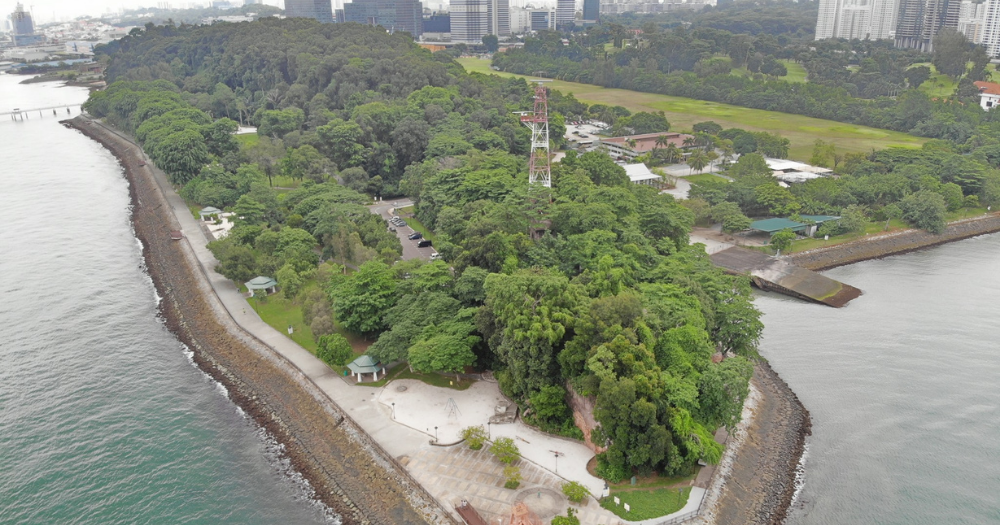Follow us on Telegram for the latest updates: https://t.me/mothershipsg
On Nov. 7, the National Parks Board announced its Forest Restoration Action Plan for Labrador Nature Reserve that will see 5,000 trees planted there.
Rare habitats
Labrador Nature Reserve is characterised by two rare and unique habitats: a coastal hill forest and a rocky shore.
These habitats contain a rich variety of flora and fauna, including more than 100 bird species, 41 butterfly species, 15 mangrove species and four seagrass species.
There are also several historical landmarks and features in the area.
First introduced in 2019, the Forest Restoration Action Plan seeks to strengthen the ecological and climate resilience of Singapore's native forests by restoring ecological processes and enhancing the biodiversity and ecological connectivity in these areas.
This will improve the habitats for native biodiversity.
Replanting and restoring
The 10-hectare coastal hill forest in Labrador Nature Reserve houses some plant species that are now very rare.
NParks will be replanting the slopes with suitable native species.
The edges of the coastal hill forest are also being extended throughout the planting of the native coastal plants.
 Coastal hill forest. Photo from NParks.
Coastal hill forest. Photo from NParks.
NParks will also be restoring a coastal beach forest in the 2.5-hectare area between the coastal hill forest and the sea.
This initiative will provide a significant physical and ecological buffer for the coastal hill forest, as well as increased sources of food and shelter for the fauna of Labrador Nature Reserve and its surrounding environment.
The area will be planted with native species suited to the coastal environment.
Rustic trails and paths will be provided to allow visitors to experience this habitat.
Home to many marine species
The rocky shore at Labrador Nature Reserve, which is said to be the last remaining natural rocky shore on mainland Singapore, will also be part of the habitat restoration efforts.
 Rocky shore. Photo from NParks.
Rocky shore. Photo from NParks.
Surveys conducted by NParks have recorded a wide diversity of marine species including the Blue-spotted Fantail Rays, eagle rays and Blacktip Reef Sharks.
Long-term monitoring of the rocky shore will guide future enhancement efforts and ensure the continued health of the habitat.
Developing coastal trail in 2022
In conjunction with the forest restoration efforts, compatible recreational uses will be relocated
from the core areas to the buffers.
There will continue to be opportunities for passive nature recreation, such as educational walks along nature trails, as well as for other recreational activities, at areas further away from the core areas such as the entrance area.
Keppel Corporation’s earlier pledge of S$3 million will contribute to the planting of 10,000 trees as part of the OneMillionTrees movement, about half of which will be at Labrador Nature Reserve and will help to restore the coastal beach forest.
The corporation will contribute another S$1 million through the Garden City Fund for a new Keppel Coastal Trail, which will weave through the coastal beach forest.
Visitors can learn more about the coastal habitats while enjoying views of the sea along the trail.
Design and development of the trail will commence in 2022.
Top image from NParks.
Follow and listen to our podcast here
If you like what you read, follow us on Facebook, Instagram, Twitter and Telegram to get the latest updates.
